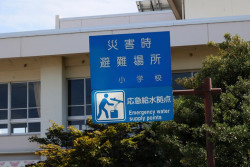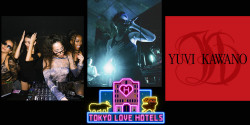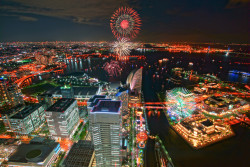
June 27, 2025
Things to Do in Tokyo in July 2025
Check out our handpicked list of Tokyo festivals happening this month
As July rolls in, Tokyo’s rainy season recedes, replaced by the thick heat of midsummer. In our latest issue, we explored water in all its forms—rivers, rituals and ways to stay cool. This month’s events roundup feels like a natural continuation, with celebrations flowing directly from that theme.
From river fireworks to lanterns drifting across moats, poolside parties and seaside festivals, water cools down your summer in the city. Whether you’re after a spectacle or something more serene, here are our top picks of things to do in Tokyo this July.
Design Festa vol. 61
July 5 – July 6
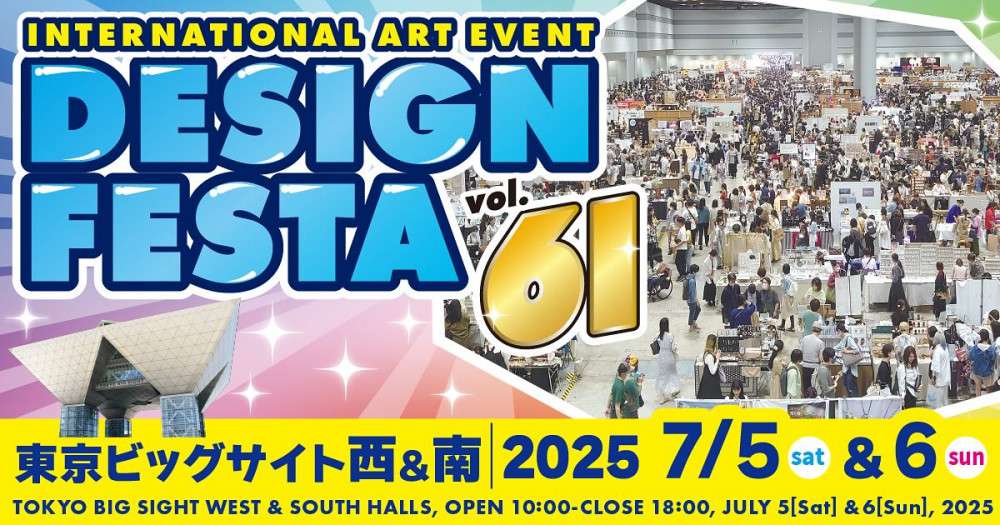
Thousands of artists from Japan and beyond gather at Tokyo Big Sight for the 61st Design Festa, held twice a year since 1994. This vibrant event showcases a wide range of creative expression, including crafts, paintings, food, performances, music and dance. To enjoy it fully, you’ll want a two-day ticket. Bring extra cash —you’ll find plenty of handmade gifts and souvenirs to take home. It’s a must-visit for art lovers seeking inspiration and one-of-a-kind finds.
Both days 10am – 6pm. Check Design Festa’s website for program and times
Tickets ¥800 (one-day pass) / ¥1,500 (two-day pass)
Tokyo Big Sight West & South Building
3-11-1 Ariake, Koto-ku
designfesta.com
Ocean Peoples
July 5 – July 6
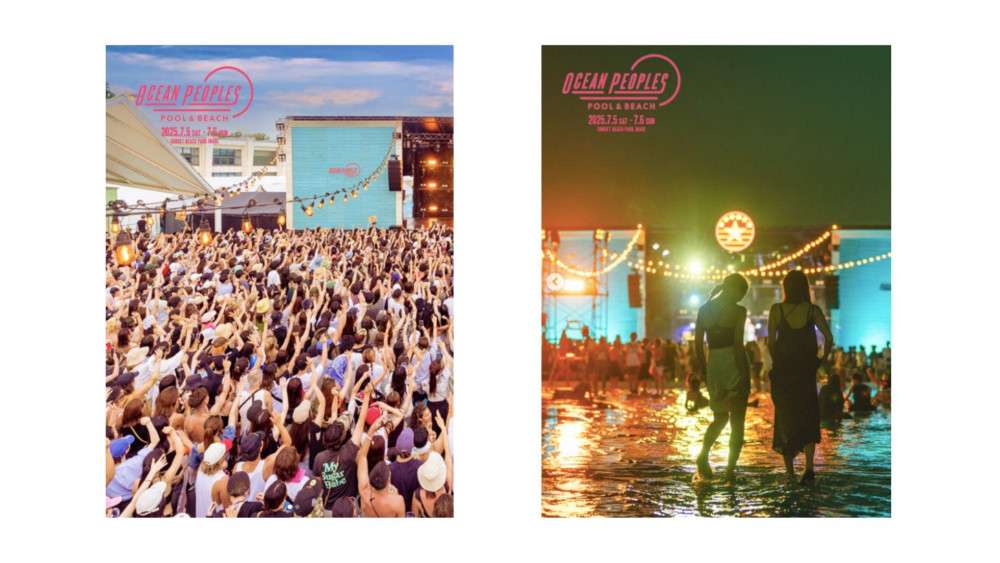
Ocean Peoples’25 is set to make waves at Chiba’s SUNSET BEACH PARK INAGE, a unique venue where a sprawling pool facility meets the sandy coastline. This urban beach festival blends music, sustainability and seaside culture under the banner “Save the Beach, Save the Ocean.” The 2025 lineup features a diverse mix of artists: chelmico, MFS, KZA, YonYon, SAMO, RUI, Def Tech, Rickie-G, BAGDAD CAFE THE trench town, DJ HASEBE and DJ KAWASAKI. Lounge by the pool, or explore a vibrant market of curated shops and brands.
Check Ocean People’s website for the timetable
Tickets ¥9,800 – ¥15,000
SUNSET BEACH PARK INAGE
7-2-2 Takahama, Mihama-ku, Chiba
oceanpeoples.com
Iriya Asagao Festival 2025
July 6 – 8
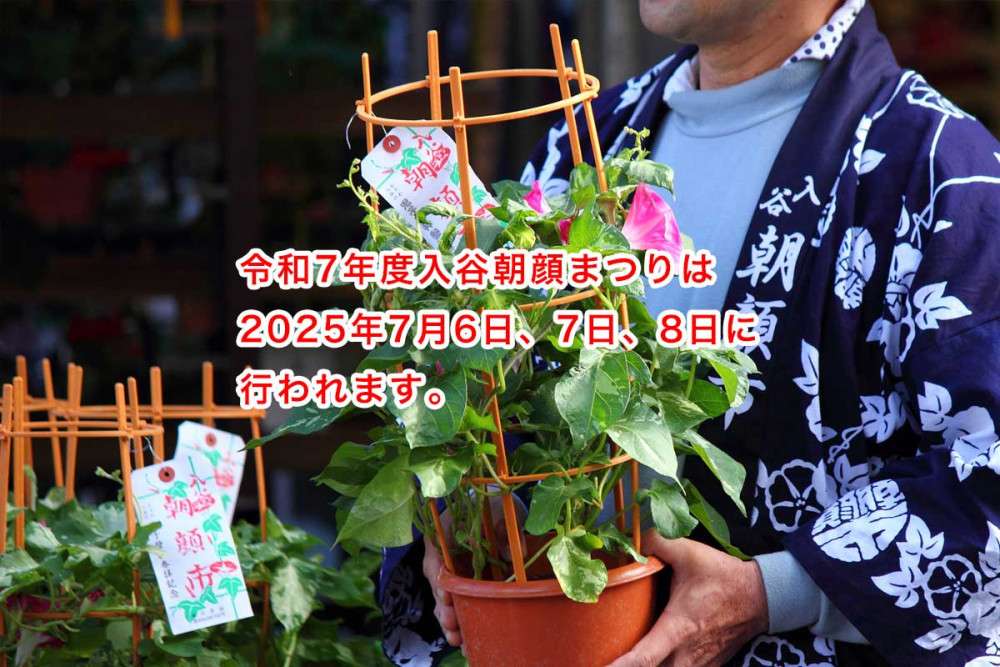
The Iriya Asagao Festival celebrates the morning glory’s deep roots in Edo-period Japan, when the flowers became popular among low-ranking samurai. The event draws over 400,000 visitors each year to enjoy over 100 stalls selling vibrant blooms. Once cultivated in nearby Okachimachi, Iriya became famous for breeding over 1,000 asagao varieties. This three-day festival offers a nostalgic glimpse into the past and the enduring charm of these delicate flowers.
July 6 (12pm – 9pm), July 7 & July 8 (5pm – 9pm)
Free admission
Kototoi-dori road and Iriya Kishimojin Temple
1-12-16 Shitaya, Taito-ku
asagao-maturi.com
Tokyo Hula Festival 2025
July 11 – 13
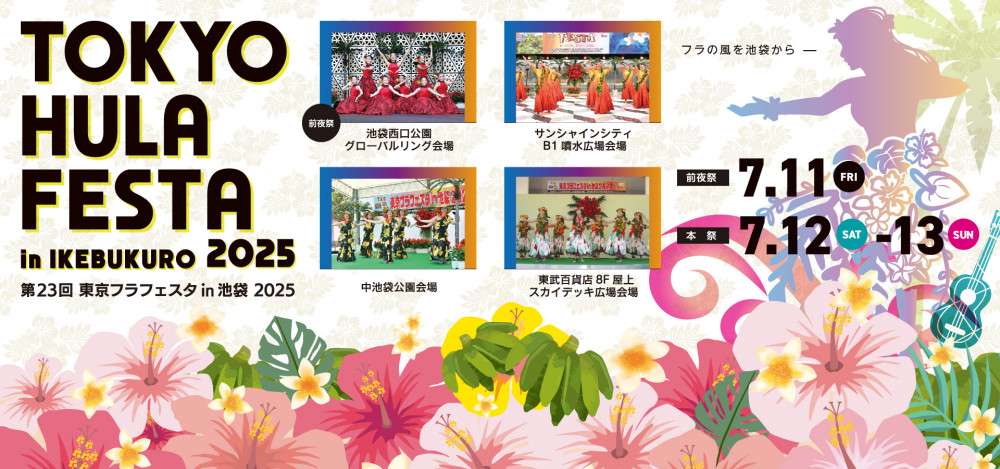
Each summer, Ikebukuro transforms with the spirit of Hawaii during the Tokyo Hula Festival. This colorful event has been celebrating the cultural ties between Japan and Hawaii since 2002. Over the course of the festival, nearly 4,000 dancers take the stage, performing graceful routines to Hawaiian rhythms. The festival honors Hawaii’s large Japanese American community and brings a vibrant, tropical breeze to Tokyo.
Visit the official website for more information on the schedule (Japanese only)
Free Admission
Ikebukuro West Entrance Park
1-19-7, Nishiikebukuro, Toshima-ku
hulafesta.tokyo
Mizudome-no-mai 2025
July 13
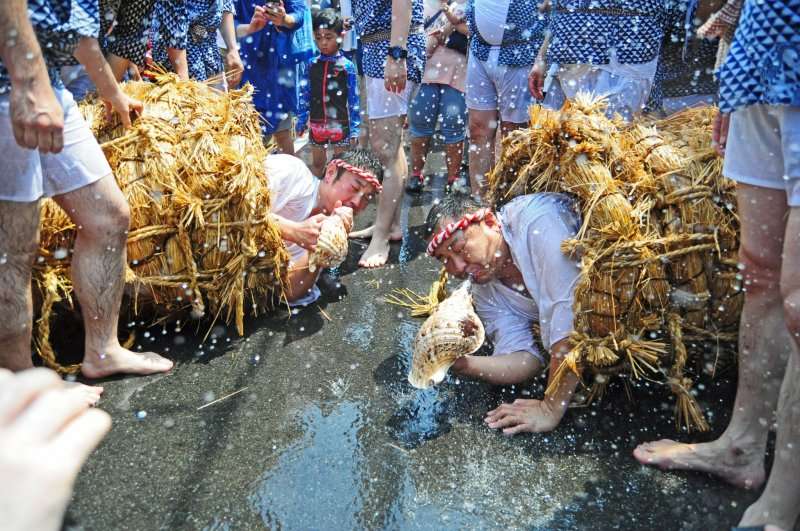
Experience a centuries-old tradition at the Mizudome-no-mai, a ritual dance believed to stop the rain. The ceremony begins with a procession where two young men, representing dragon gods, ride in straw-wrapped barrels while blowing conch shells, calling for an end to the rainy season. At the temple, performers in lion masks dance to traditional music in a ritual of gratitude for clear skies. As a Tokyo Intangible Folk Cultural Property, this eccentric festival offers a glimpse into Japan’s heritage.
1pm – 3pm
Free Admission
Gonsho-ji Temple
3-7-27 Omori-higashi, Ota-ku
mizudome.com
Ichikawa Lantern Plant Market and Floating Lantern Festival
July 19 – 20
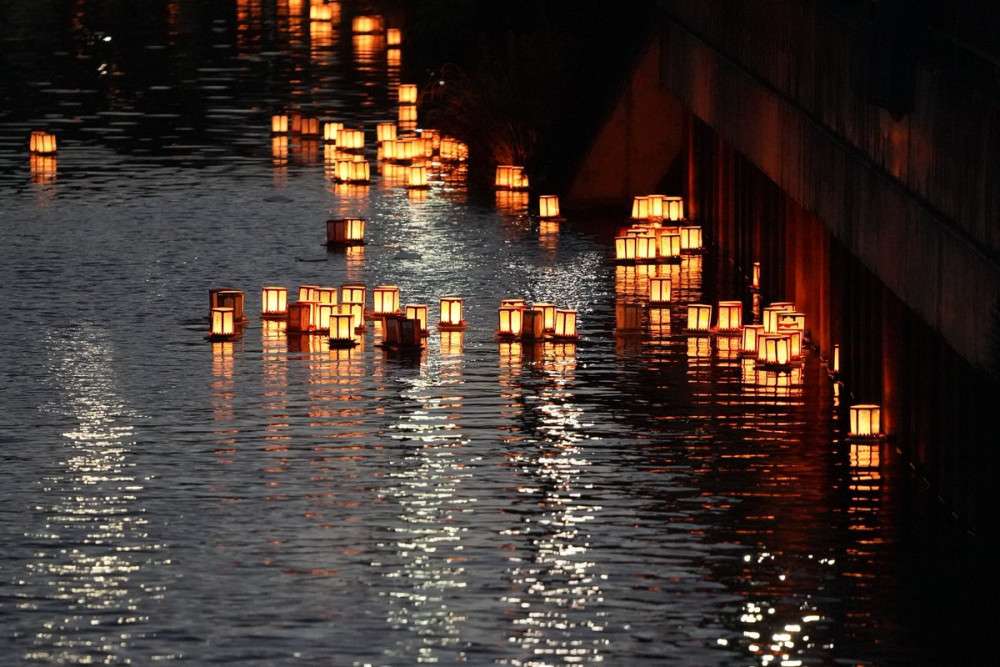
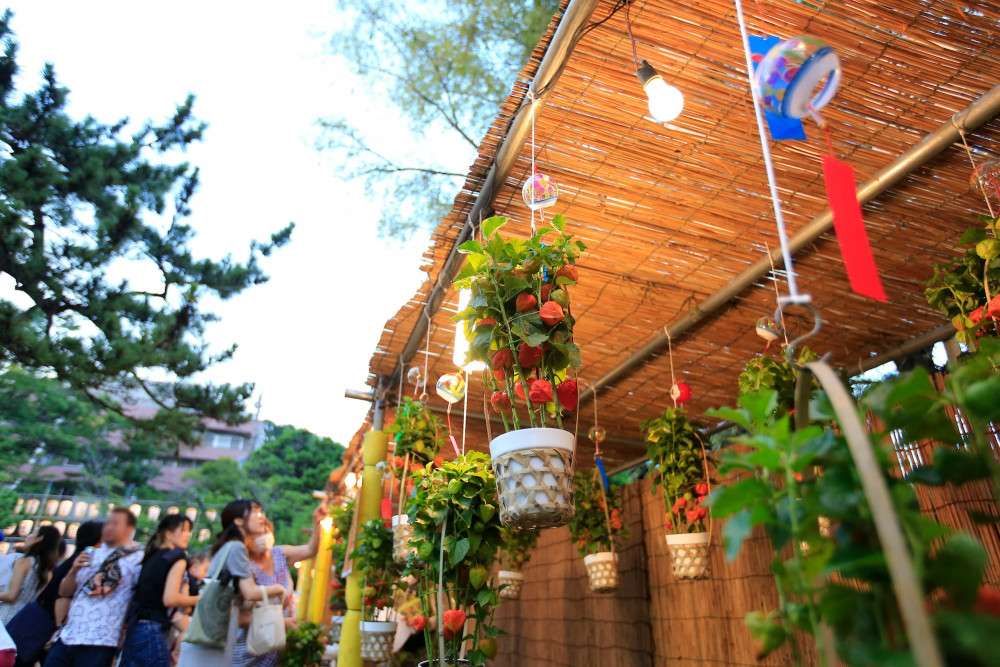
Around 200 pots of bright orange hoozuki (lantern plants) line the temple grounds, alongside local food stalls and traditional performances. On Saturday evening, a toro nagashi (floating lantern ceremony) will take place on the Mama River.
Compared to the busy hoozuki markets of Asakusa or the crowded lantern events at Chidorigafuchi, this festival offers a quieter, more local atmosphere—letting you enjoy both experiences in one authentic setting.
Free Admission
Tekona Reido / Mama River
4-5-21 Mama, Ichikawa-shi, Chiba
Ichikawa-shi (X)
Festival Brasil & Latino 2025
July 19 – 20

Festival Brasil & Latino 2025 returns to Yoyogi Park brings vibrant rhythms, flavors and the spirit of Brazil and Latin America to Tokyo. This year’s edition celebrates 130 years of diplomatic relations between Japan and Brazil and the rich cultural ties between the two nations. Samba and Latin music performances, capoeira demonstrations and authentic cuisine make for a lively scene, along with of traditional crafts and cultural exhibits.
Head to the Festival Brasil & Latino 2025 website for a full program (available in Japanese and Portuguese).
Free Admission
Yoyogi Park Events Square
2-3 Jinnan, Shibuya-ku
festivalbrasil.jp
World Water Festival (Online Event)
July 26

In late July, the fourth World Water Festival streams live from the picturesque Tamagawa Seseragi Hall in Setagaya’s Todoroki Valley—Tokyo’s only valley within the 23 wards—uniting a global audience from Hawaii to London. This half‑day program (1 pm–5.20 pm) weaves together science, environmental innovations, prayer ceremonies, art, and indigenous performances, creating a rich tapestry that honors our shared reverence for water as the fundamental source of life. A truly cross‑cultural celebration of gratitude, consciousness, and global harmony.
1pm – 5:20pm
Free Admission
Online (stream on World Water Festival’s YouTube channel)
worldwaterfestival.net
Sumida River Fireworks Festival
July 26
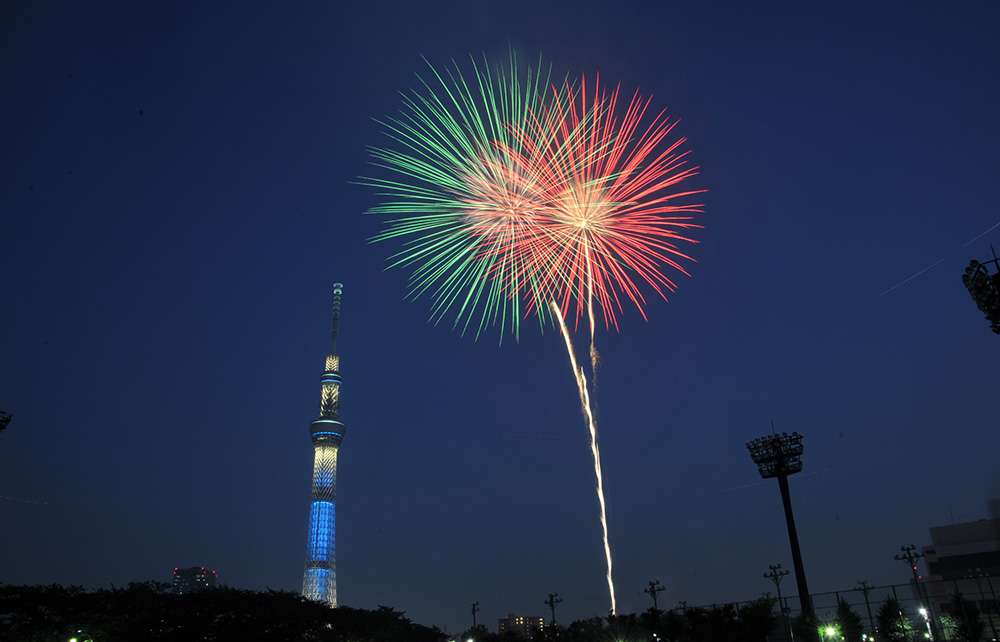
Tokyo’s most iconic summer event lights up the skies over the Sumida River with around 20,000 fireworks launched near Asakusa and Ryogoku. Dating back to 1733, the festival features rival pyrotechnic teams showcasing creative designs—from classic chrysanthemums to hearts and cartoon characters. Crowds cheer “Tamaya!” and “Kagiya!” in tribute to historic fireworks guilds. Prime viewing spots fill up fast, with yukata-clad spectators arriving early. For a more relaxed experience, quieter vantage points can be found around Ueno, such as Shinobazu Pond.
7 – 8:30pm
Free Admission
Various locations. Maps are available on the festival website (Japanese only)
Kishimojin Temple (also known as Shingenji Temple)
sumidagawa-hanabi.com
Lantern Festival at Chidorigafuchi 2025
July 30 – 31

Tokyo’s summer is full of festivals, and one of the most enchanting is the Chidorigafuchi Moat Lantern Festival. Since 1958, around 2,000 lanterns have lit up the water each year. Write your wishes on lanterns (¥2,000 each) and release them over the moat. Please note that you must purchase lanterns in advance, and you can’t get them on the day of the event.
Both days 7pm – 8pm
Free Admission (lanterns are available for a fee–advance purchase is required)
Chidorigafuchi
1-1 Kōjimachi, Chiyoda-ku
visit-chiyoda.tokyo/en/floating.lantern
Takahata Isao Exhibition: The Man Who Planted Japanese Animation at Azabudai Hills Gallery
All through July
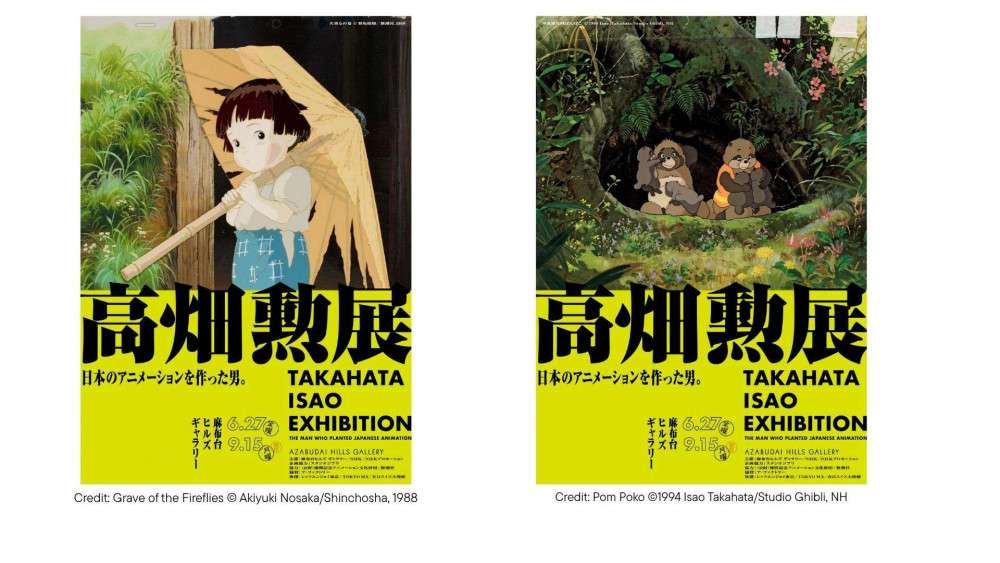
In 2025, we commemorate two milestones: 80 years since the Pacific War ended and 90 years since the birth of legendary animator Isao Takahata (1935–2018). Azabudai Hills Gallery presents a major retrospective exhibition honoring Takahata’s legacy. Organized with Studio Ghibli, the exhibition explores his artistic journey—from early works like Anne of Green Gables to Ghibli masterpieces like Grave of the Fireflies, Only Yesterday and The Tale of the Princess Kaguya. Visit the website for details on special tours.
The exhibition is open every day through July from 10 am-8 pm. Please note, that in the period from June 27 to July 18, Tuesdays and Sundays are 10 am-5 pm.
Visit the website for opening hours
Cost: ¥2,000 (adults), ¥1,700 (university and high school students), ¥1,400 (age 4–junior high students)
Azabudai Hills Gallery
Azabudai Hills Garden Plaza A MBF 5-8-1 Toranomon, Minato-ku
azabudai-hills.com


